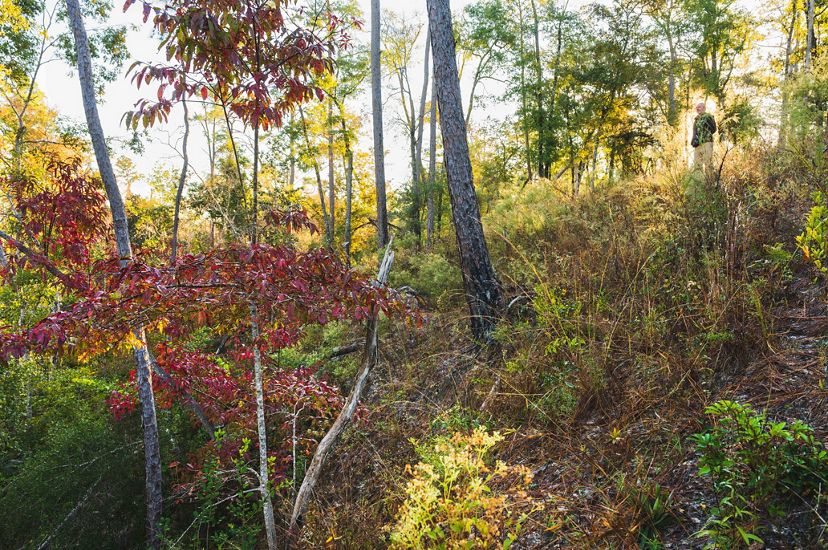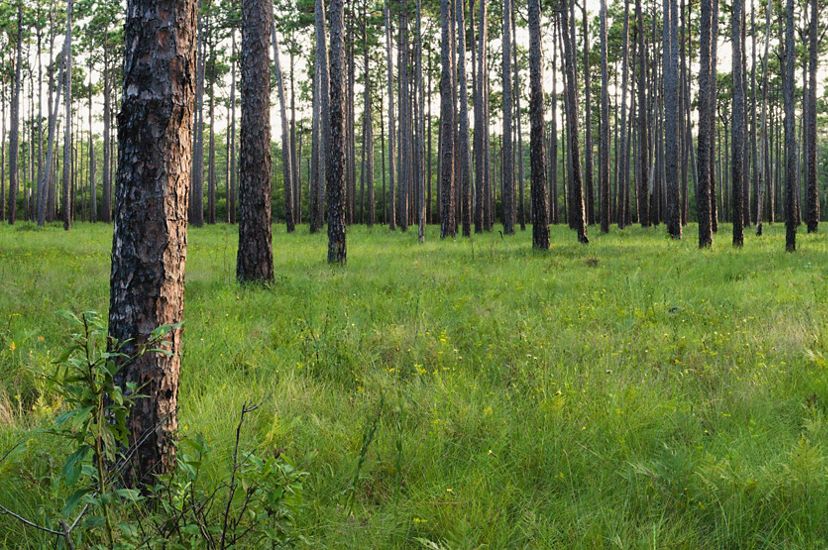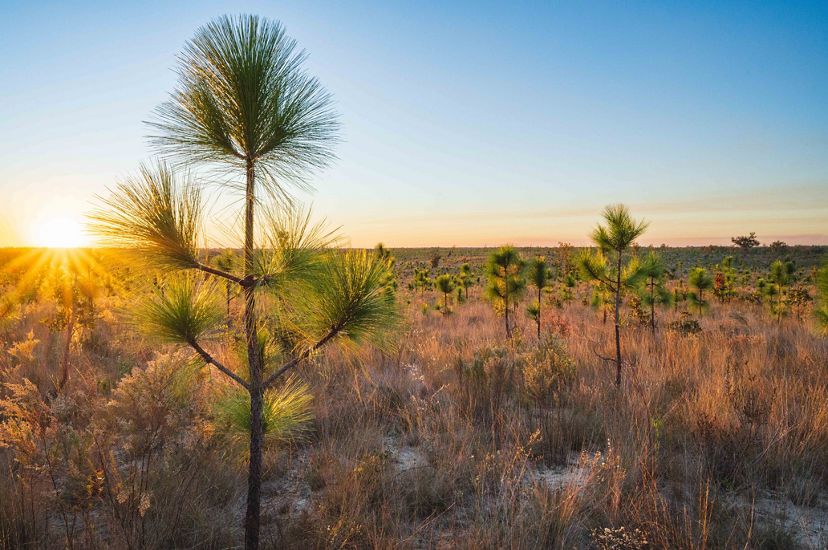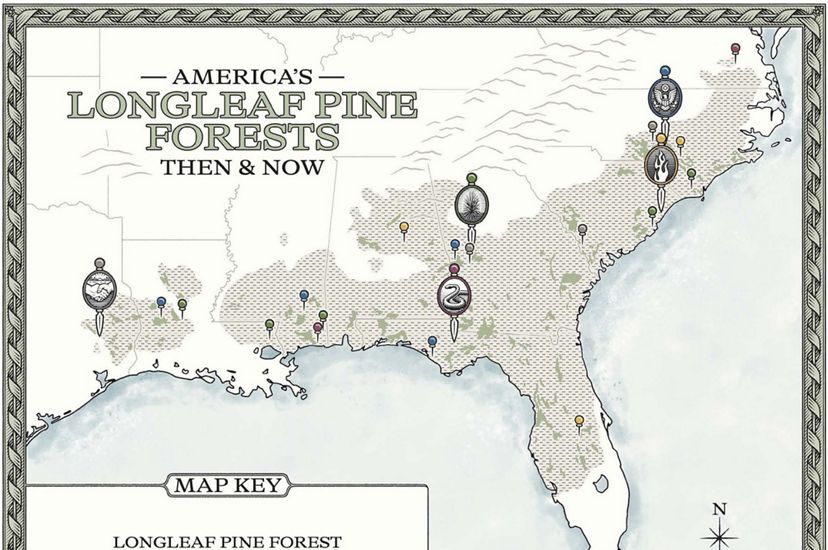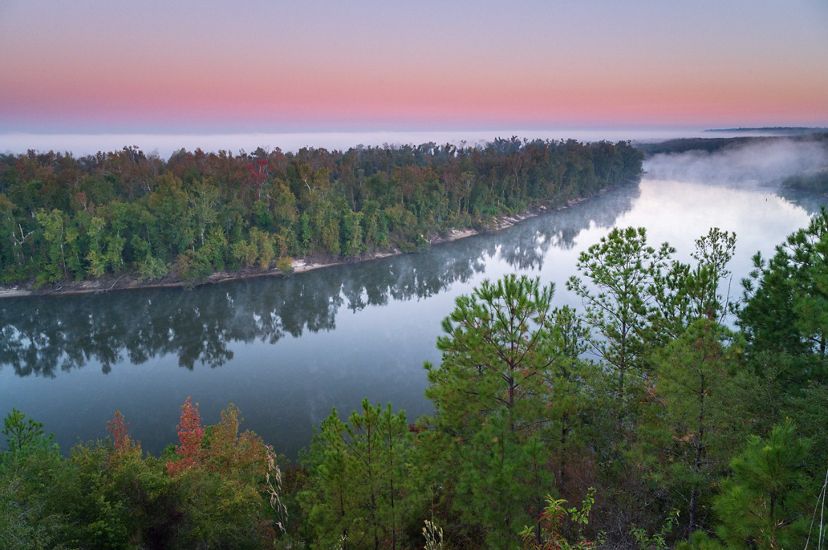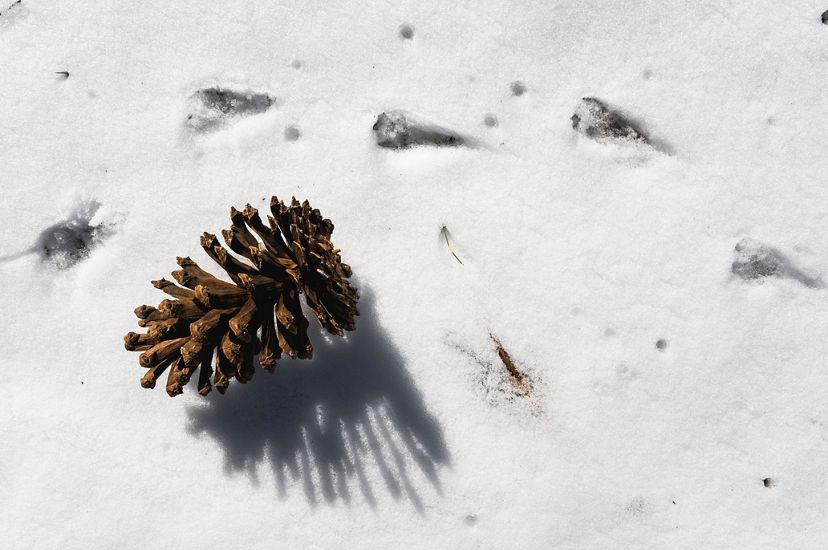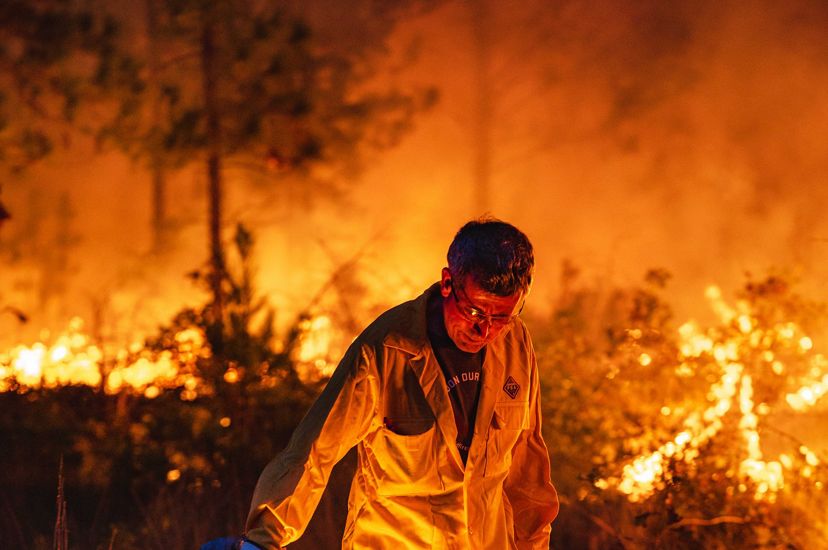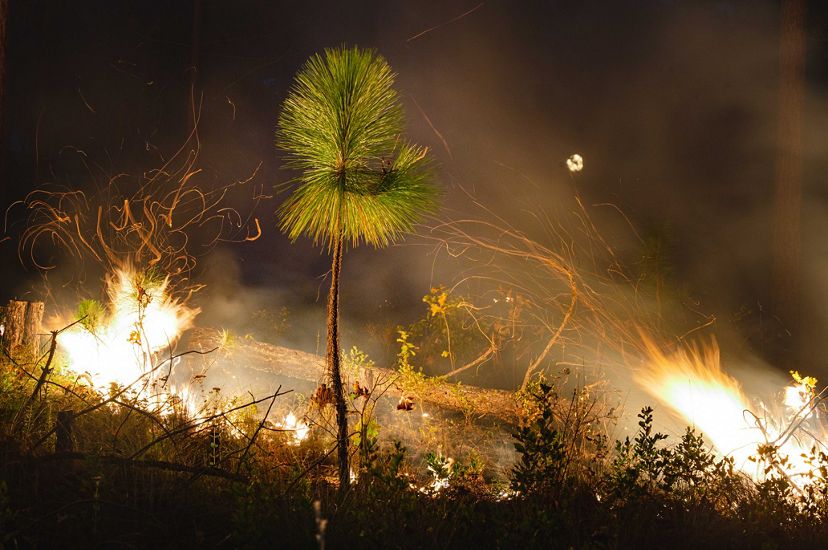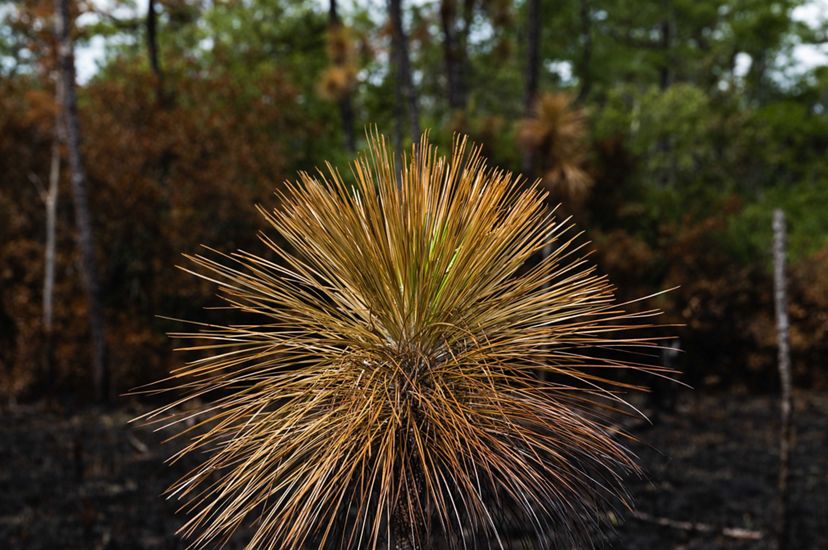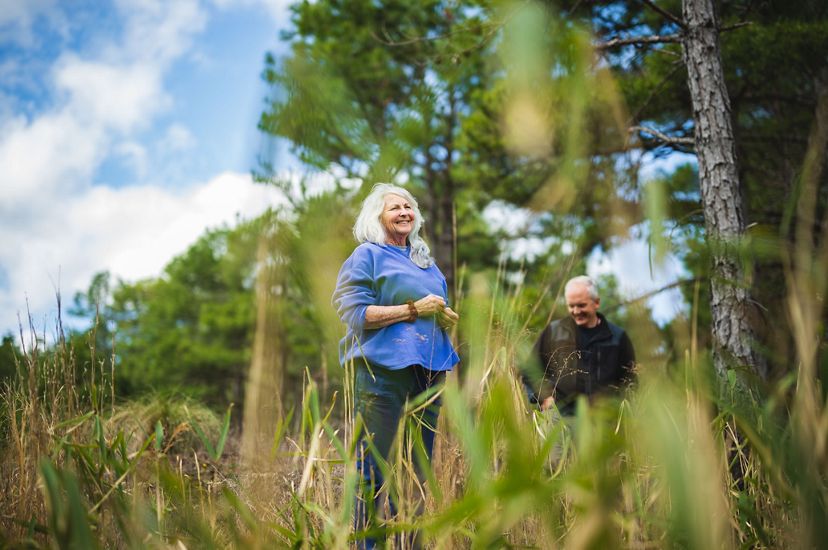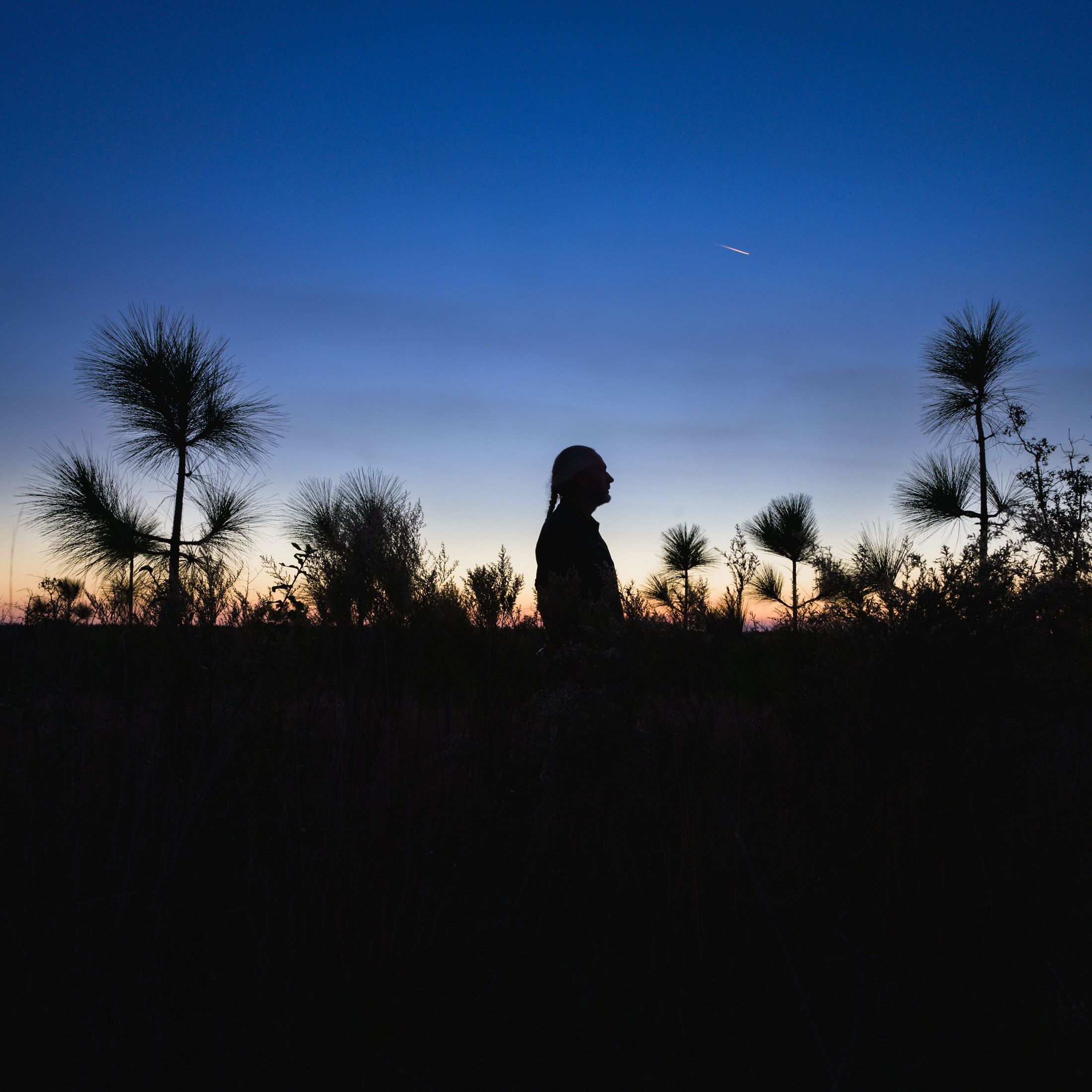
Pine Country
America’s longleaf pine tree evolved to survive natural disasters. Now a range-wide recovery effort is helping it stand the test of time.
Fall 2022
Across the coastal plains of the southeastern United States, amid miles of industrial slash and loblolly pine farms, remnants of another pine forest—once North America’s largest—hide in plain sight. Unlike densely shaded deciduous forests, longleaf pine trees grow wide apart. This distance forms an open canopy that lets sunlight spill down through a mostly vacant midstory to reach a forest floor tightly packed with grasses and flowering plants. Though these forests can feel almost empty, the longleaf pine ecosystem is a trove of biodiversity. Some researchers estimate its species richness is surpassed only by tropical forests and coral reefs. But with less than 5% of longleaf pine forests remaining, states, the federal government and conservation groups, including The Nature Conservancy, are working to save these Southern forests—and the species that depend on them—before it’s too late.
Left to its own devices, the longleaf pine tree is remarkably resilient. Its armor-thick bark and deep tap root help the tree withstand hurricanes, droughts, pests and wildfires. Instead of destroying longleaf pine forests, frequent fires clear them of hardwoods that crowd the ground, unlock nutrients on the forest floor and expose the mineral soil that longleaf seeds need to germinate. With every fire, the forest floor is remade to better support this bustling natural metropolis from the ground up.
“The important part of a longleaf pine landscape is from the knees down,” says David Printiss, fire program director for TNC in Florida. “It’s the grasses and forbs that make up the ground cover—that’s where the magic is.”
More than 50 kinds of plants can be packed into one square meter of longleaf pine forest, and scores of at-risk species call it home: prehistoric gopher tortoises, glossy indigo snakes, red-cockaded woodpeckers and carnivorous plants with delicious names like sundew and butterwort.
The historic range of the longleaf pine forest spanned 92 million acres from southern Virginia to eastern Texas. The ubiquity and utility of its trees made them indispensable to colonists who needed raw materials to fuel their New World ambitions. Its surprisingly strong softwood was ideal for raising buildings, producing furniture and laying floors. Its gummy resin formed a tar perfect for waterproofing ships, and the forest’s wild game fed laboring settlers. In the 1800s, longleaf pine wood formed the railroad ties that pushed industrial logging farther inland. In the years following the Civil War, longleaf pine timber was fed to sawmills to rebuild the South and plug a hole in the market left by depleted Northern forests.
Red-Cockaded Woodpecker
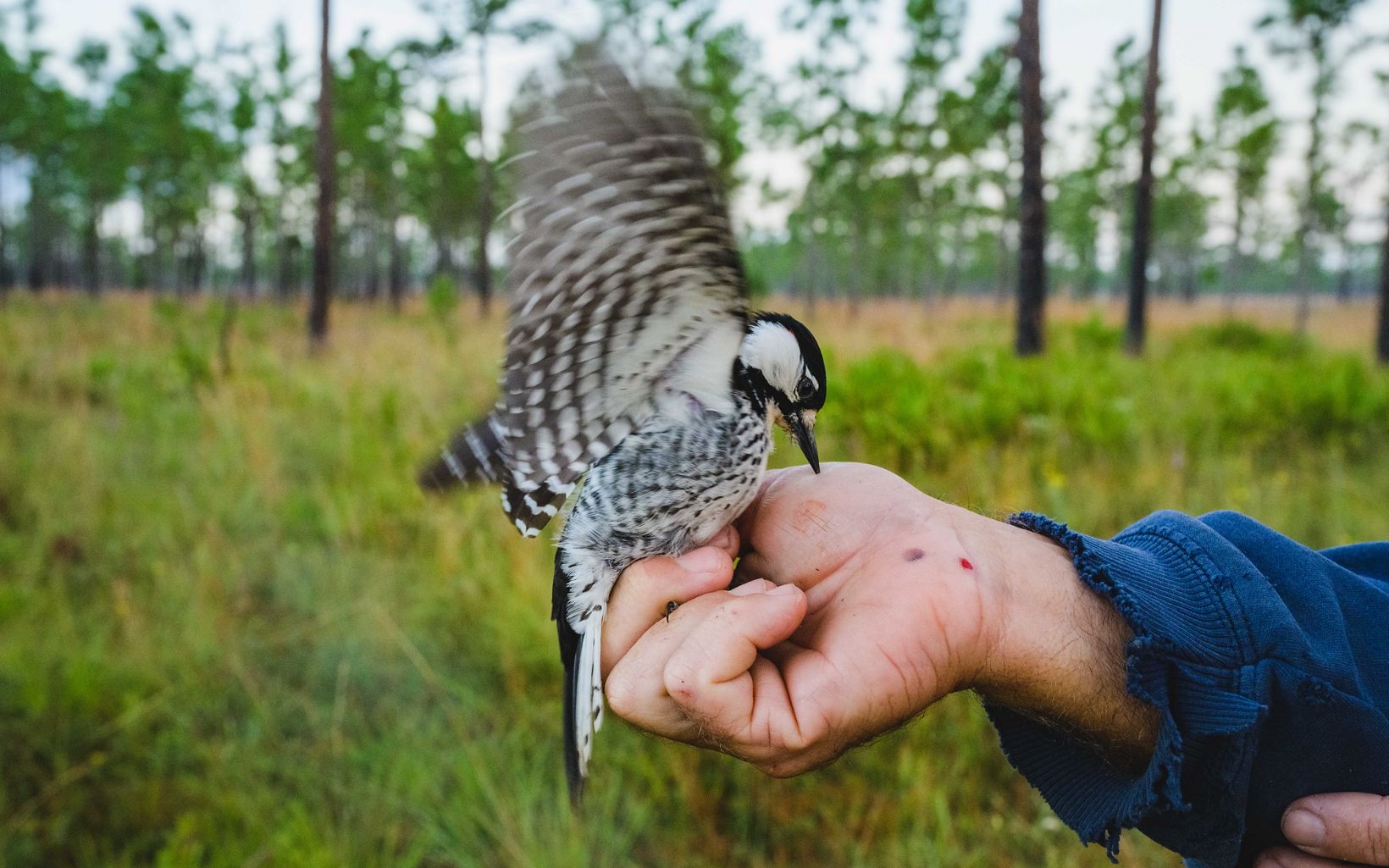
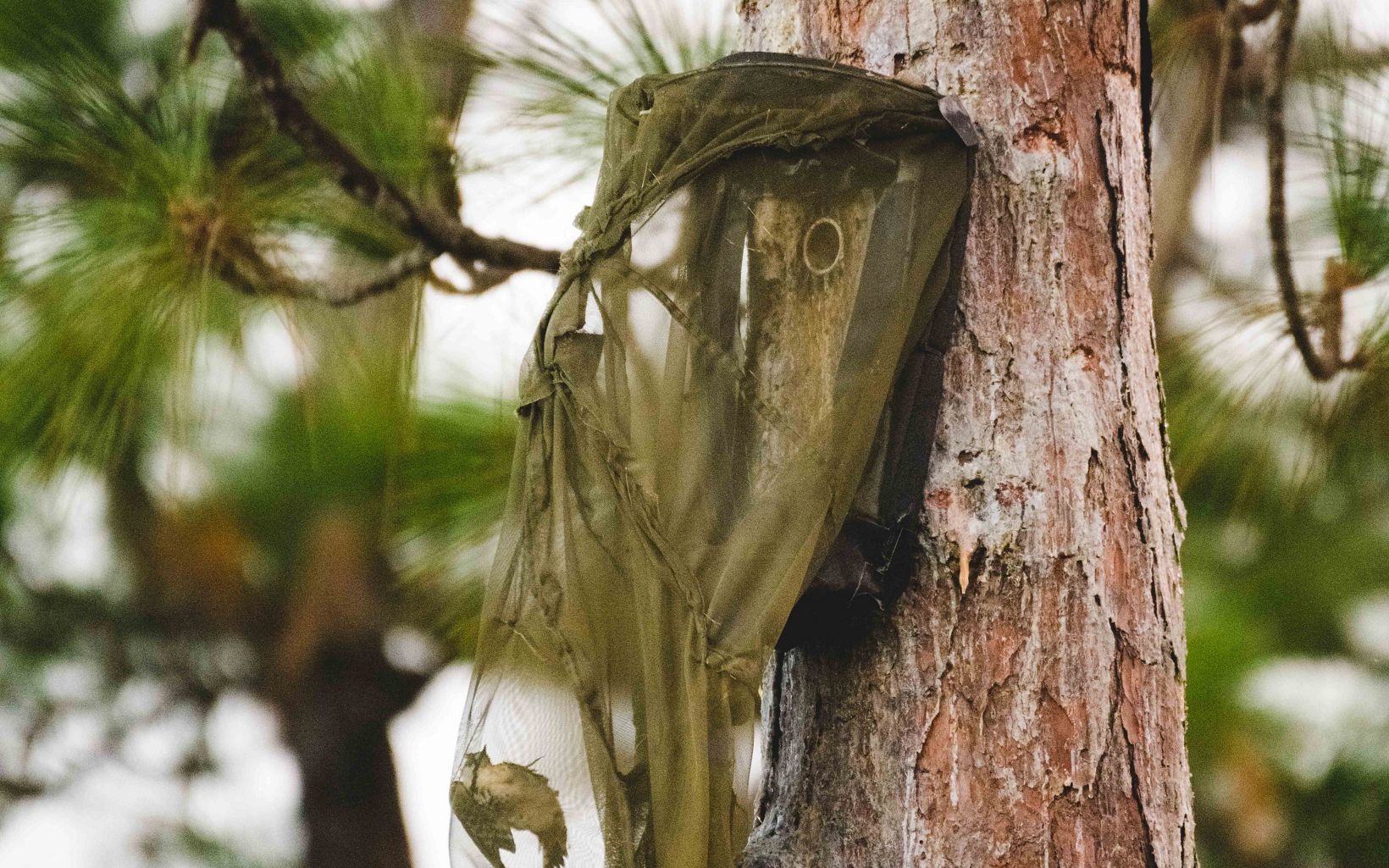
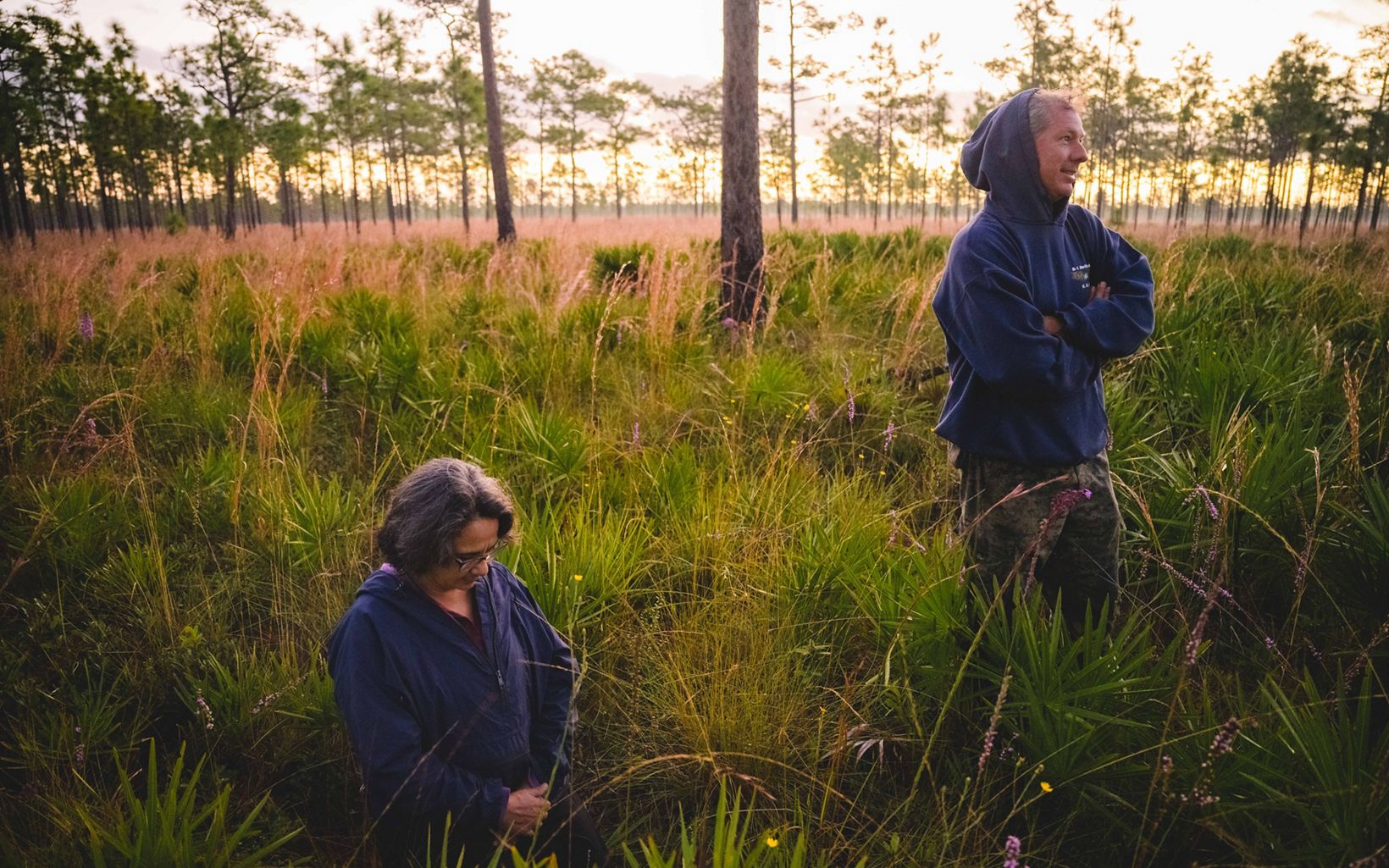
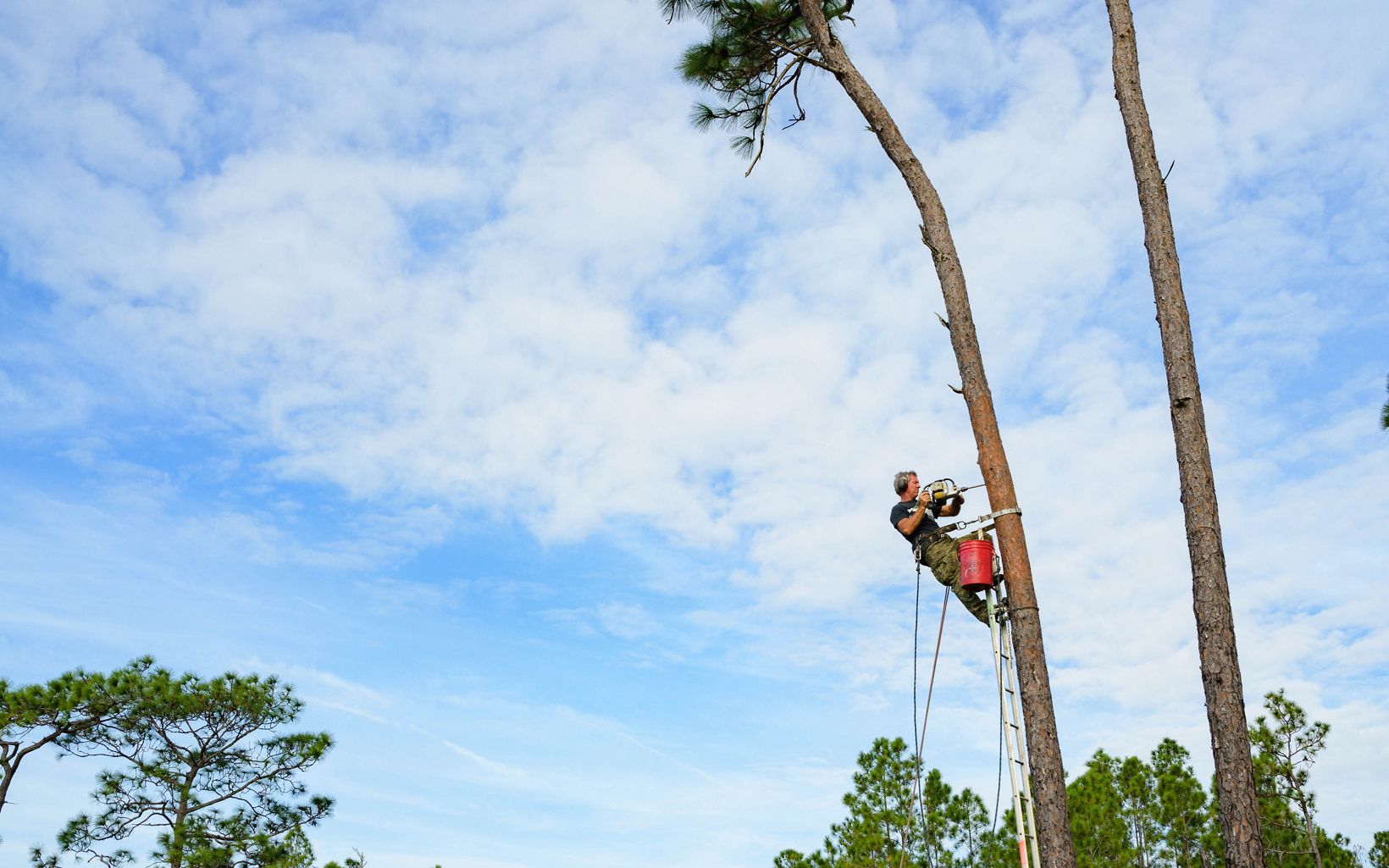
But every step of regional progress put a bigger dent in the ecosystem. Longleaf pine forests were converted into agricultural fields, paved over or replanted with other species of pine that grew back faster and could yield more timber per acre. Eventually, a federal policy of fire suppression robbed remaining stands of the low-intensity burns they needed to regenerate.
By the time the Department of the Interior launched its first full review of the health of American landscapes in 1995, less than 1% of old-growth longleaf pine stands remained. The federal study identified longleaf pine as the third most endangered ecosystem in America.
Beneath the Crown
A healthy longleaf pine forest is a buzzy home to 900 types of plants and hundreds of kinds of animals, including 29 species federally listed as threatened or endangered. Meet some of the flora and fauna that rely on this woodland to survive.
-

Eastern Indigo Snake
The eastern indigo snake is North America’s largest native, nonvenomous snake and can grow more than 9 feet long. Its scientific name, a Greek phrase meaning “lord of the forest,” is an apt description for this apex predator.
-

White-Topped Pitcher Plant
Longleaf pine ecosystems harbor nearly 200 rare vascular plants, including the white-topped pitcher, which uses a “pitfall” trap and other lures to snare its prey. Bamboozled insects tumble into the throat of the plant, where they're digested.
-

Gopher Tortoise
Using its front legs like small shovels, the gopher tortoise digs extensive burrows where it can escape predators, take shelter from fire and cold weather, and protect its hatchlings. More than 300 opportunistic species seek refuge in its tunnels.
-
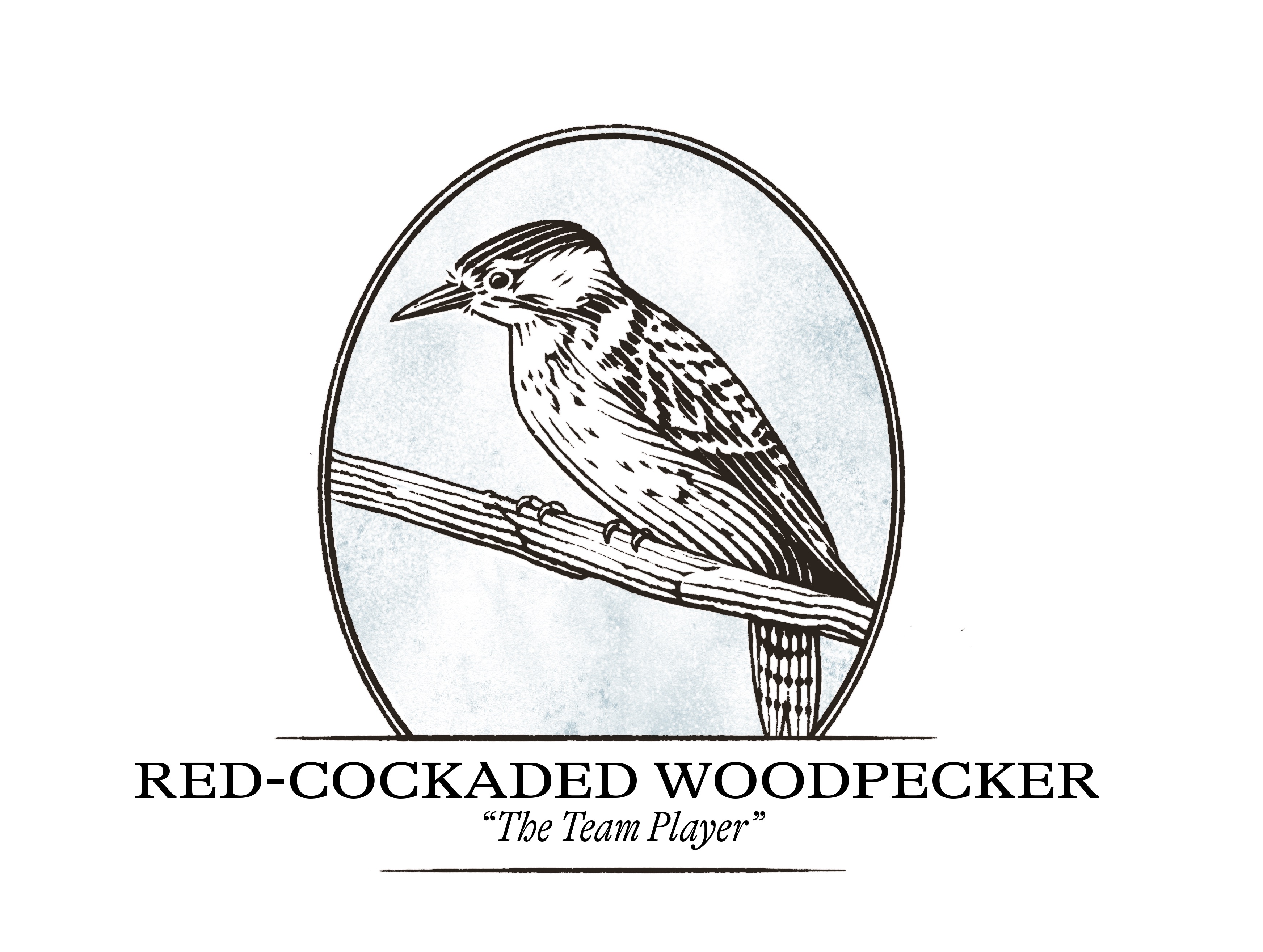
Red-Cockaded Woodpecker
The social red-cockaded woodpecker lives in an extended family group that includes one mating pair of adults and up to four additional “helper” birds that assist in incubating and feeding offspring.
-
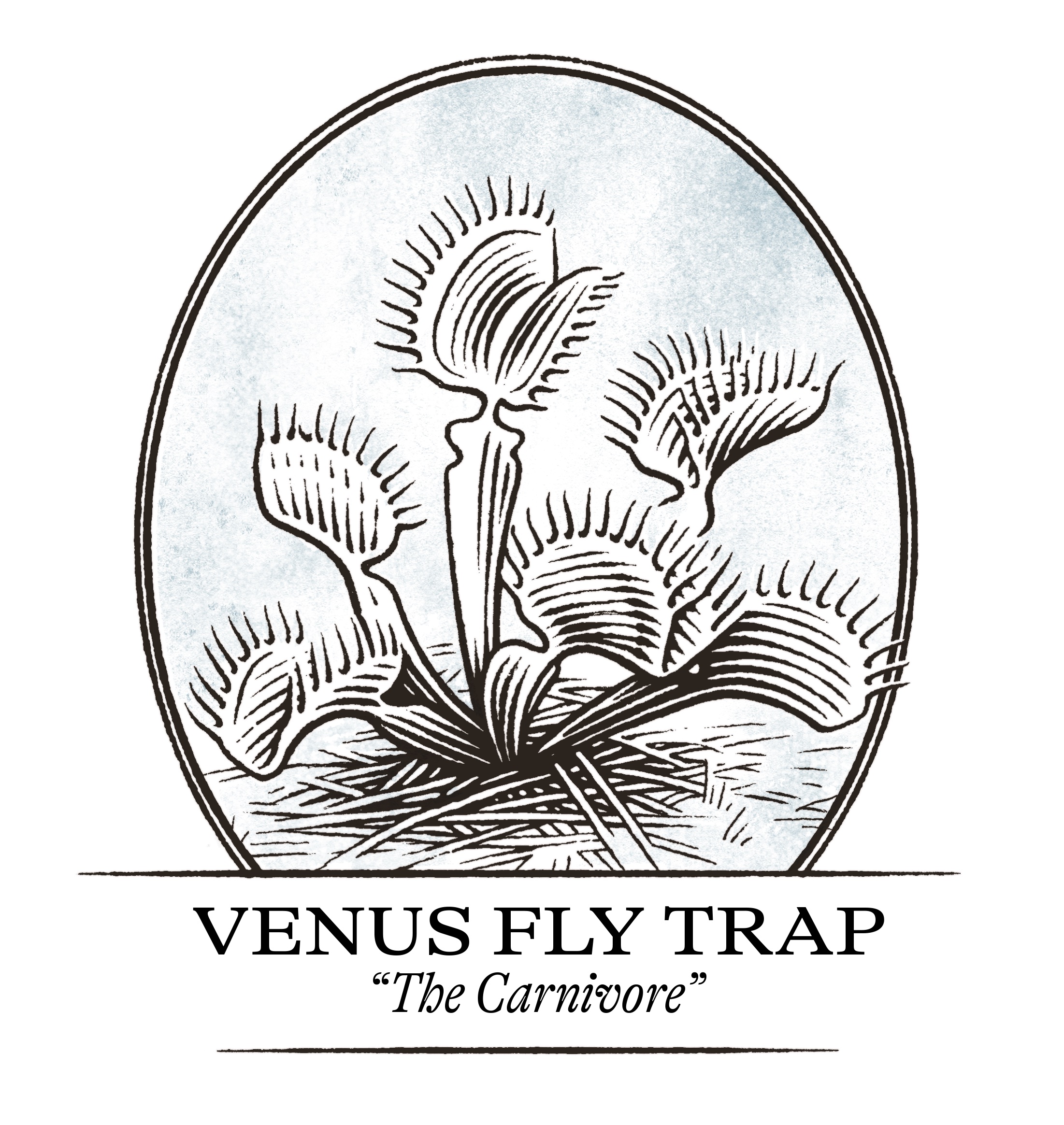
Venus Fly Trap
The Venus fly trap requires the sun-drenched understory of a longleaf pine forest to thrive. But the forest’s acidic boggy soil delivers few nutrients, so the plant developed an appetite for insects.
-
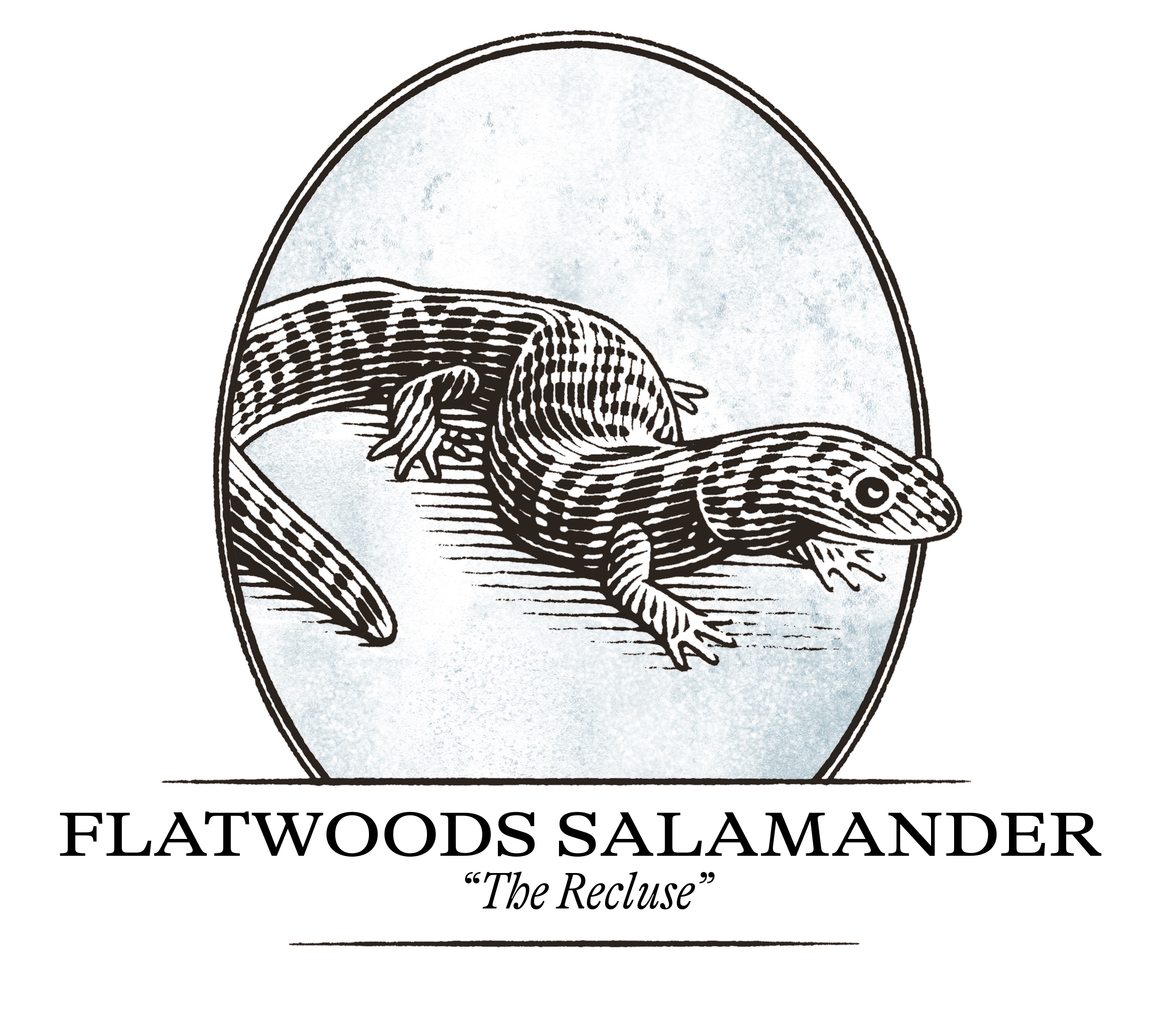
Flatwoods Salamander
The flatwoods salamander spends most of its time underground, making use of crayfish burrows or root channels in wet sandy soil. The amphibian leads a solitary existence outside of breeding season.
Longleaf: History of Extraction
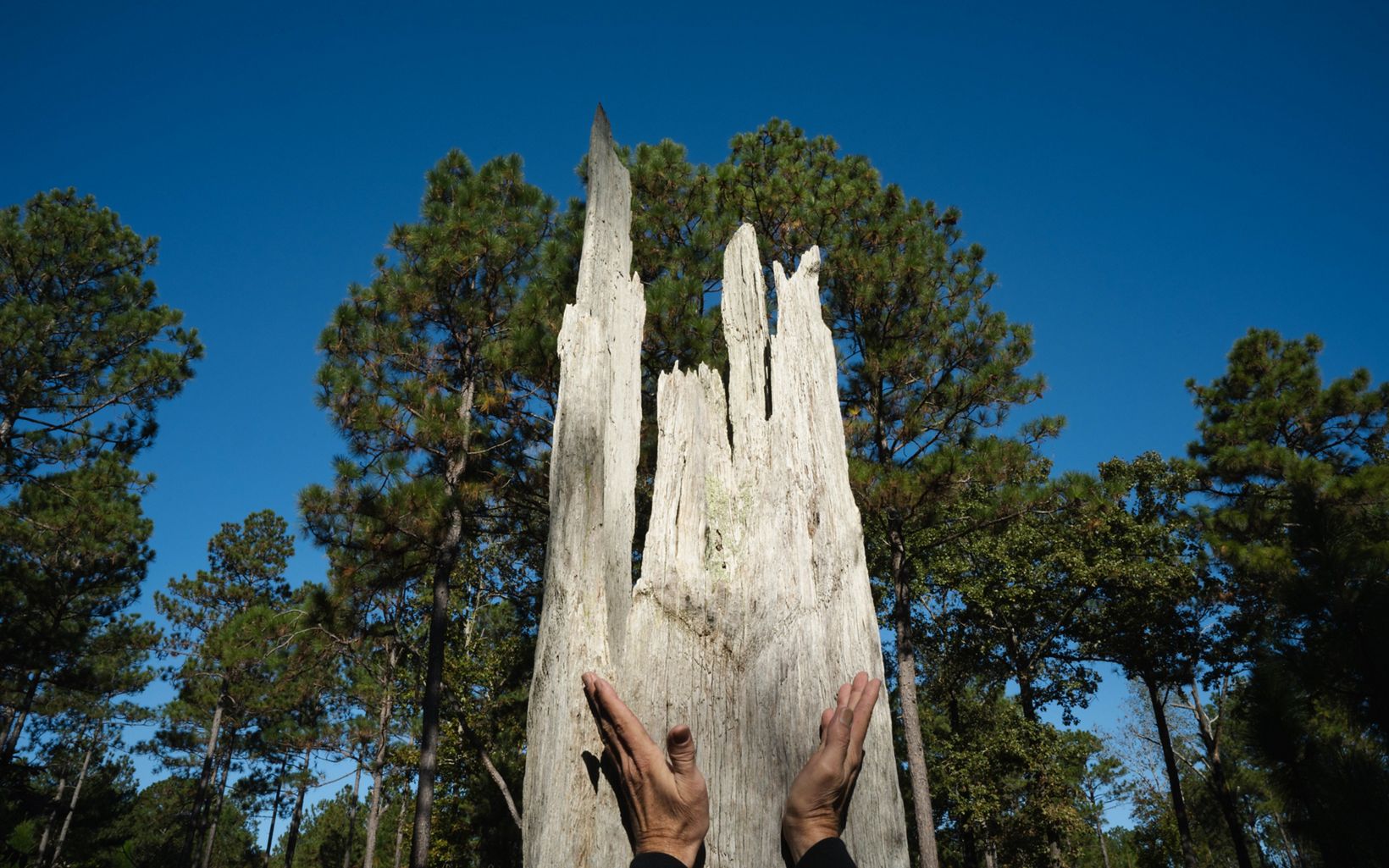
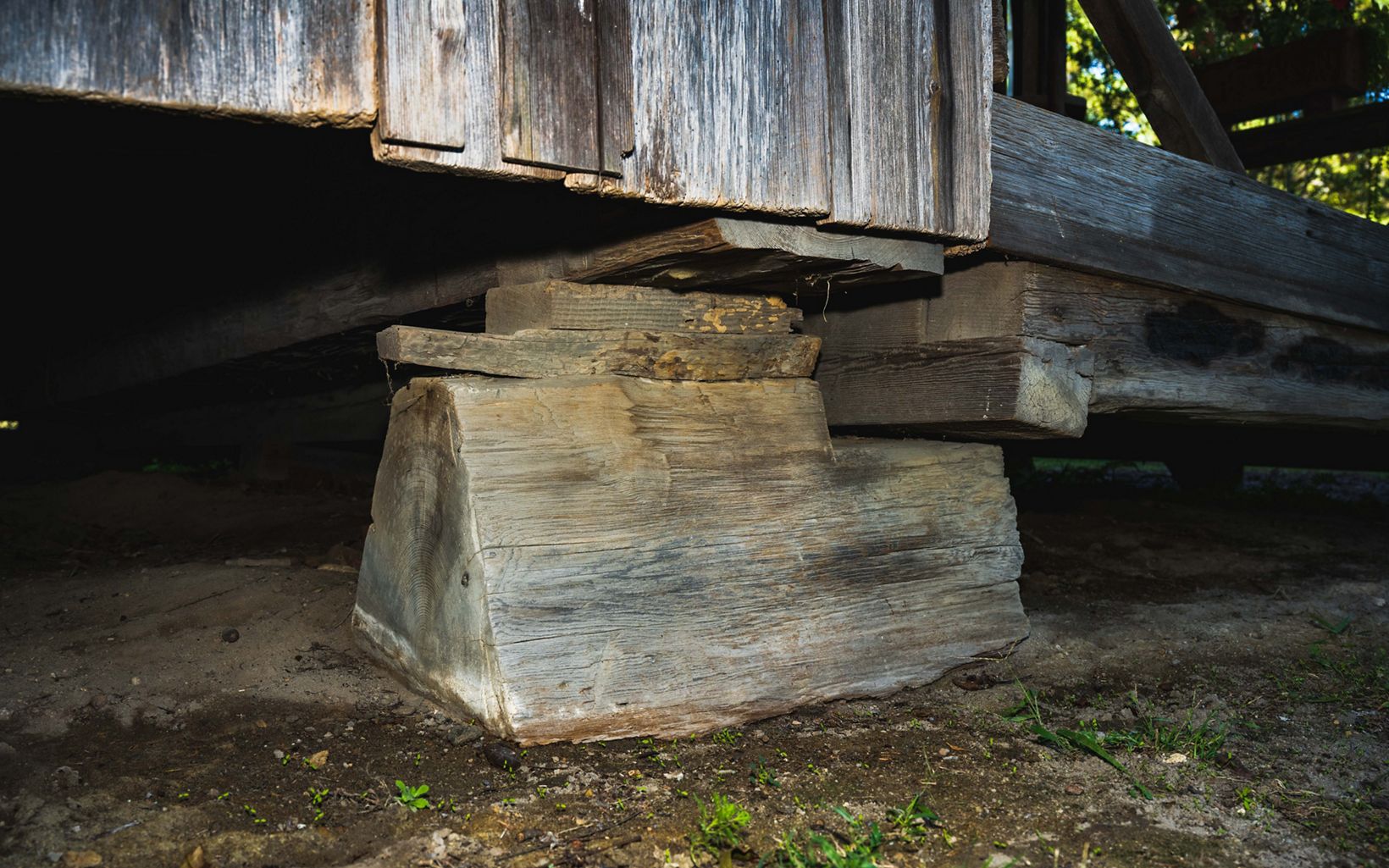
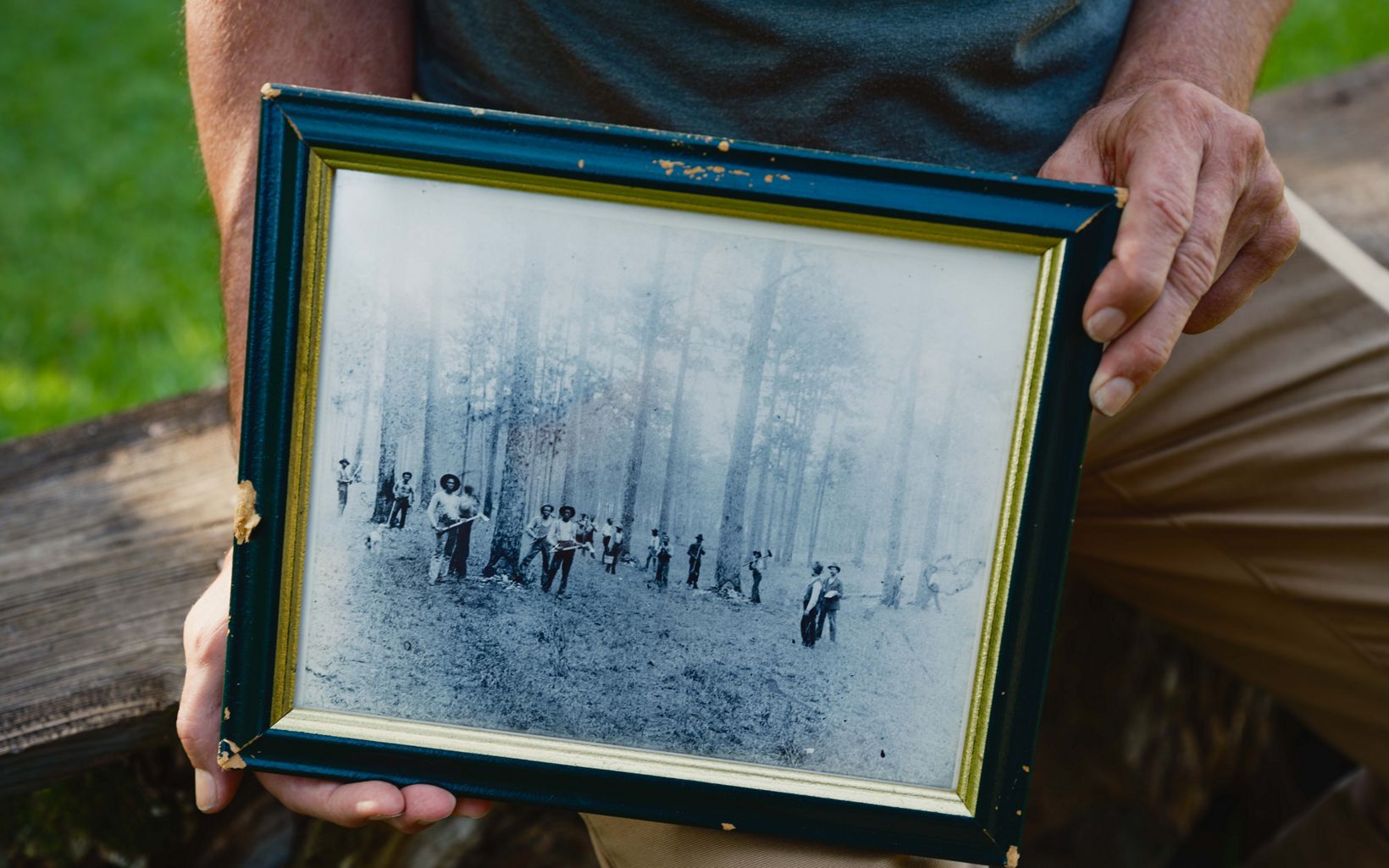
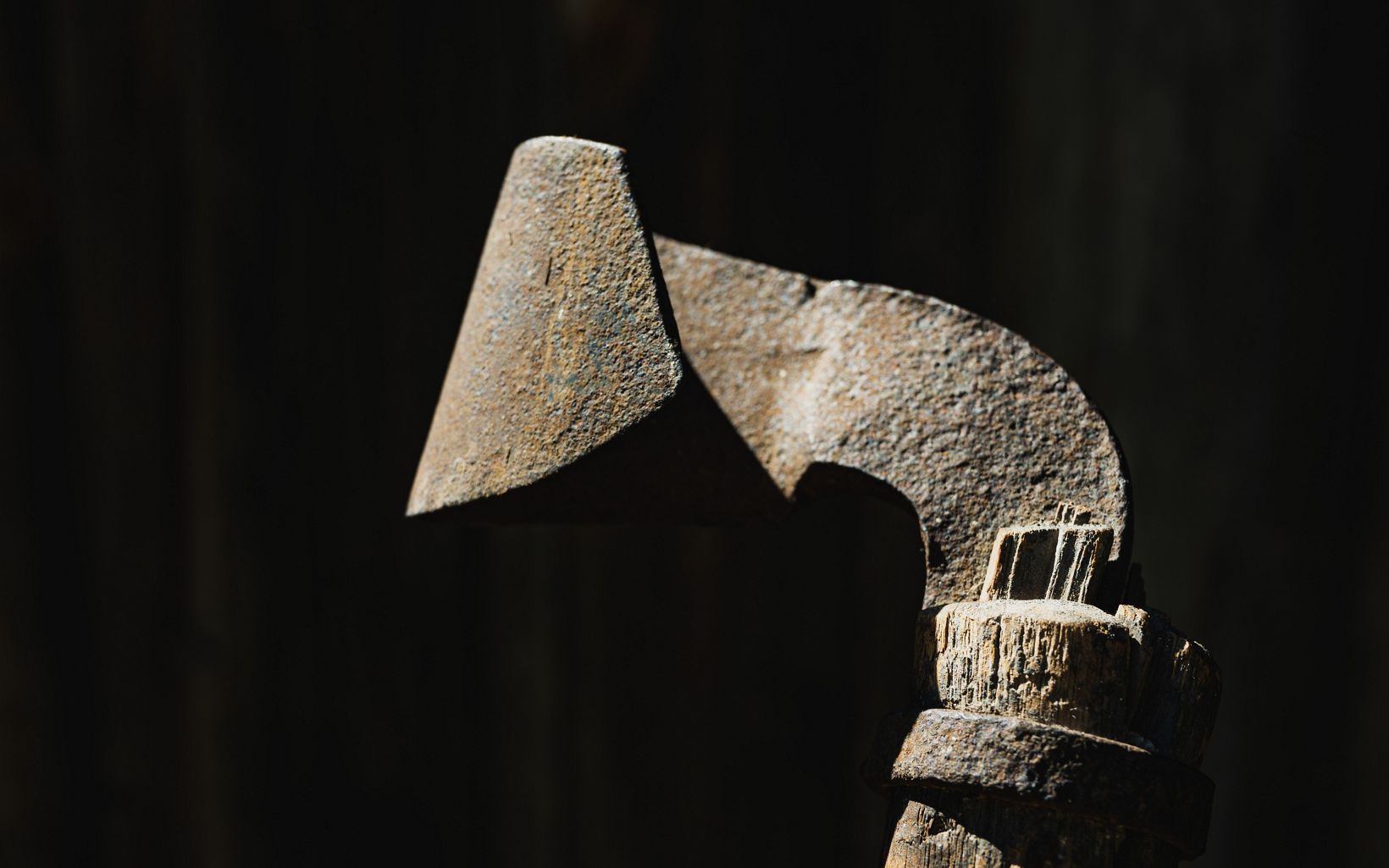
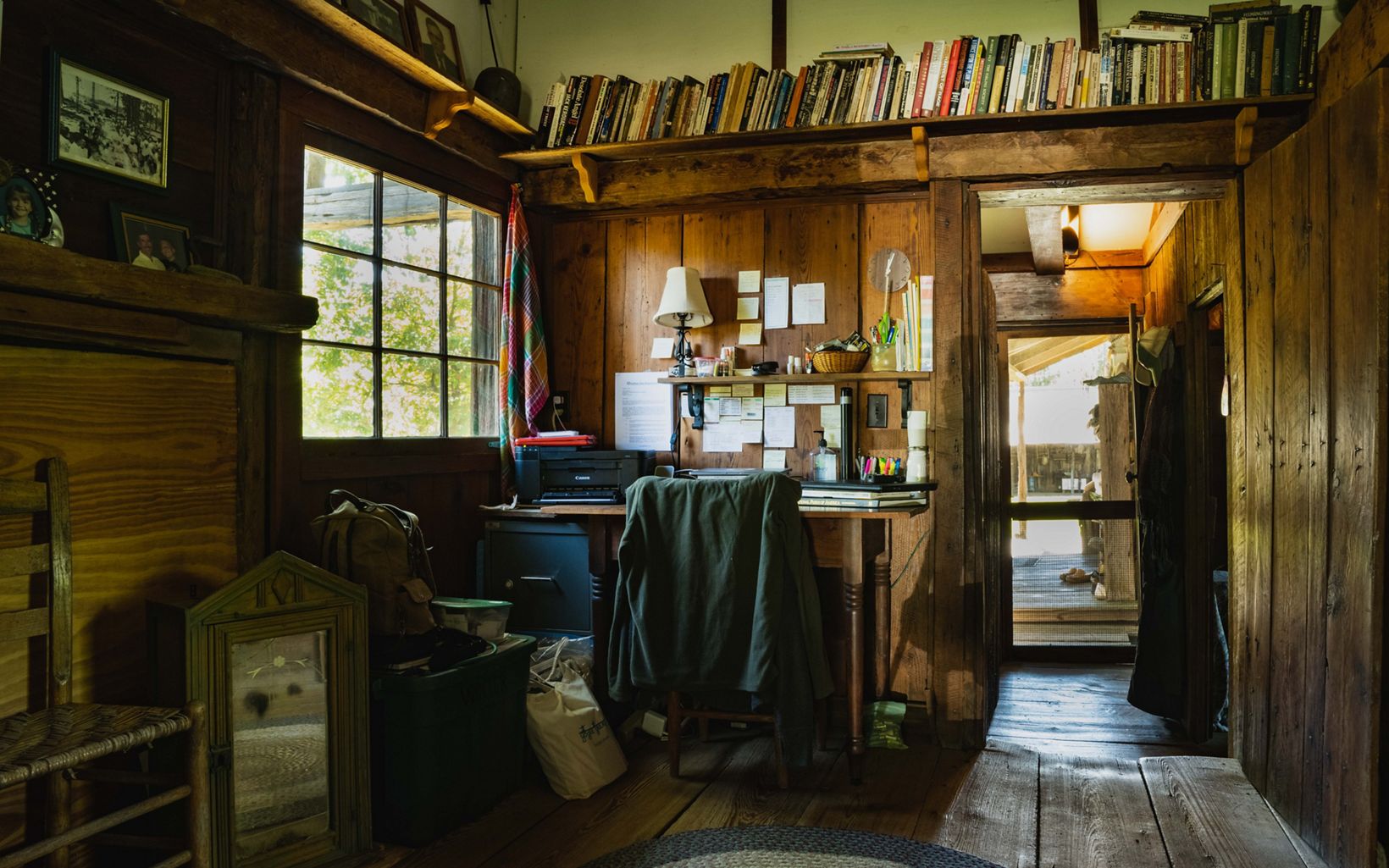
“I’ve read about how settlers could ride their wagons through the forest and see [longleaf pine] for miles and miles,” says Colette DeGarady, longleaf pine whole system director for TNC. “It’s hard to imagine that with the complex land use that we now have, we could ever get back to where it was. But our range-wide goal is to bring back as much of that native forest as possible, not just tiny snippets throughout the landscape.”
The Conservancy’s work is part of a massive effort to revive this piece of the country’s natural heritage. So far, America’s Longleaf Restoration Initiative (a coalition of state and federal agencies, industry, researchers, private landowners and conservation groups like TNC) has helped the forest recover from a historic low of 2.95 million acres in 1996 to nearly 5 million acres today. The group aims to restore another 3 million acres in the coming years.
Growth Strategy
The lifespan of a longleaf pine can bridge more than four centuries. To reach that point, the tree passes through five stages of development timed to give it the best chance of survival.
-
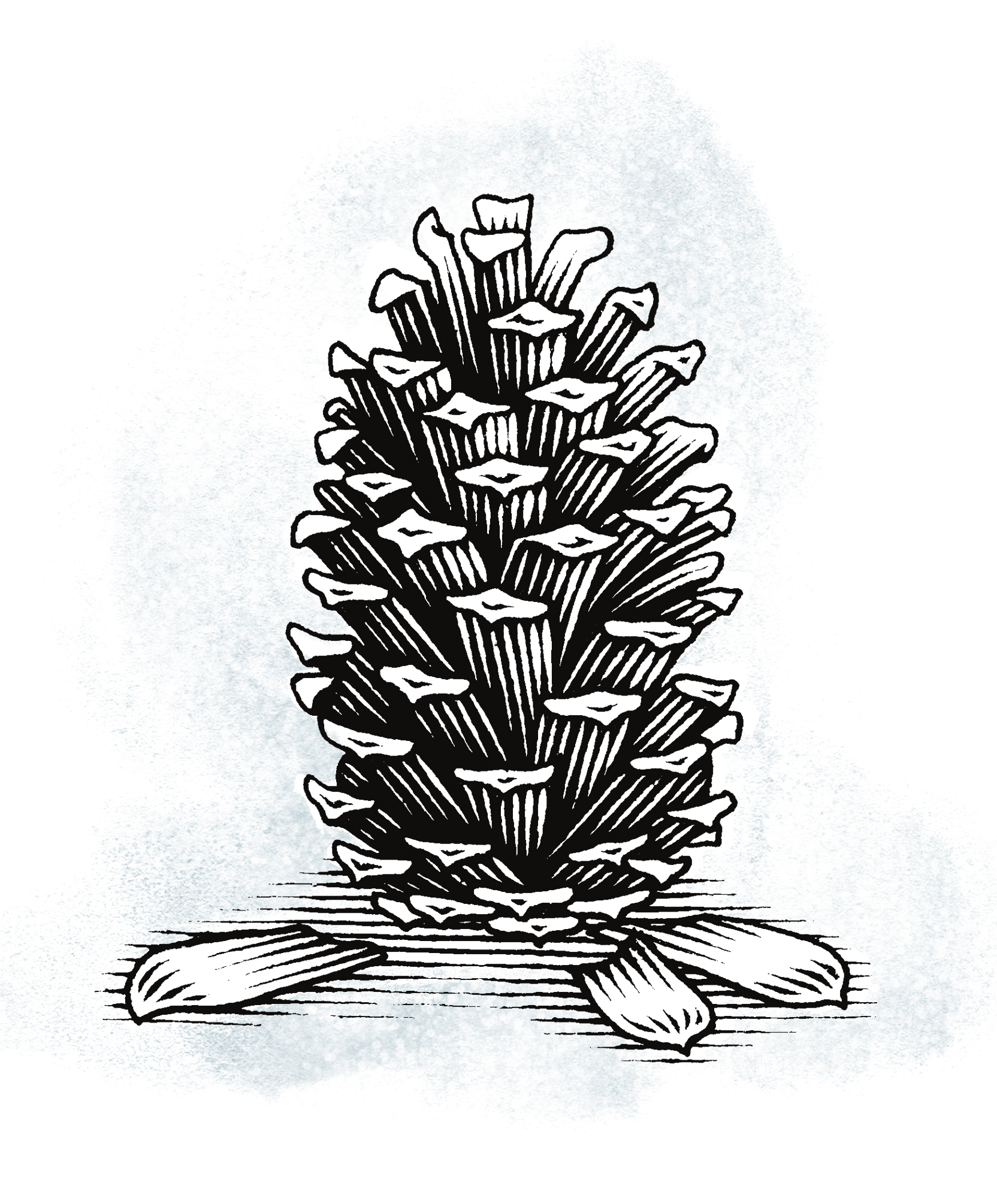
Pine Cone and Seed
A seed falls from its cone in late autumn, settling on the forest floor, where it is either snatched up by eager squirrels, mice, birds or ants, or germinates in bare mineral soil.
-
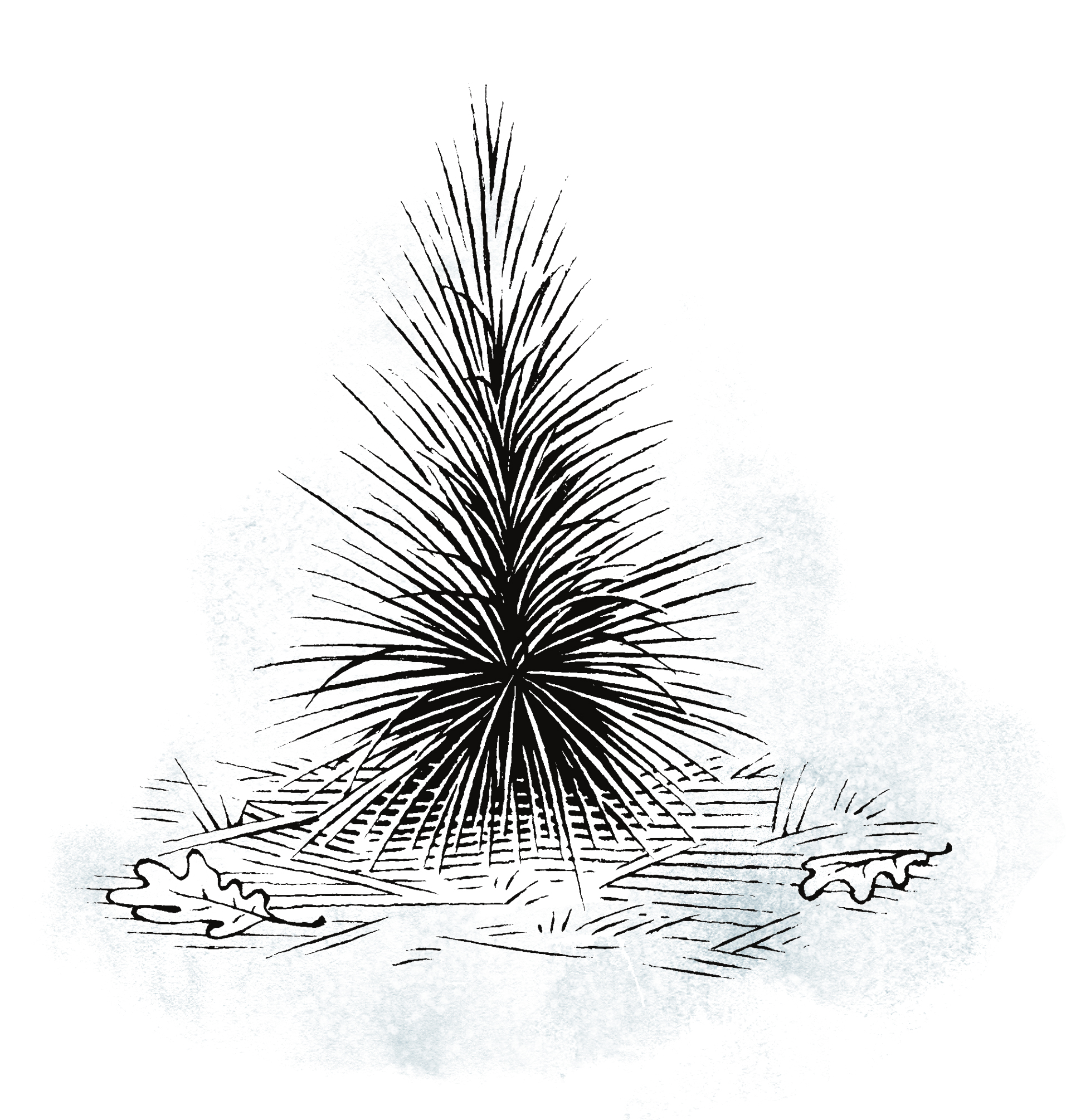
Grass Stage
A spray of dark-green needles protects the growing bud from fire, while the plant devotes its energy to striking a deep tap root that can take up to seven years to develop and will reach up to 12 feet long before the tree begins upward growth.
-
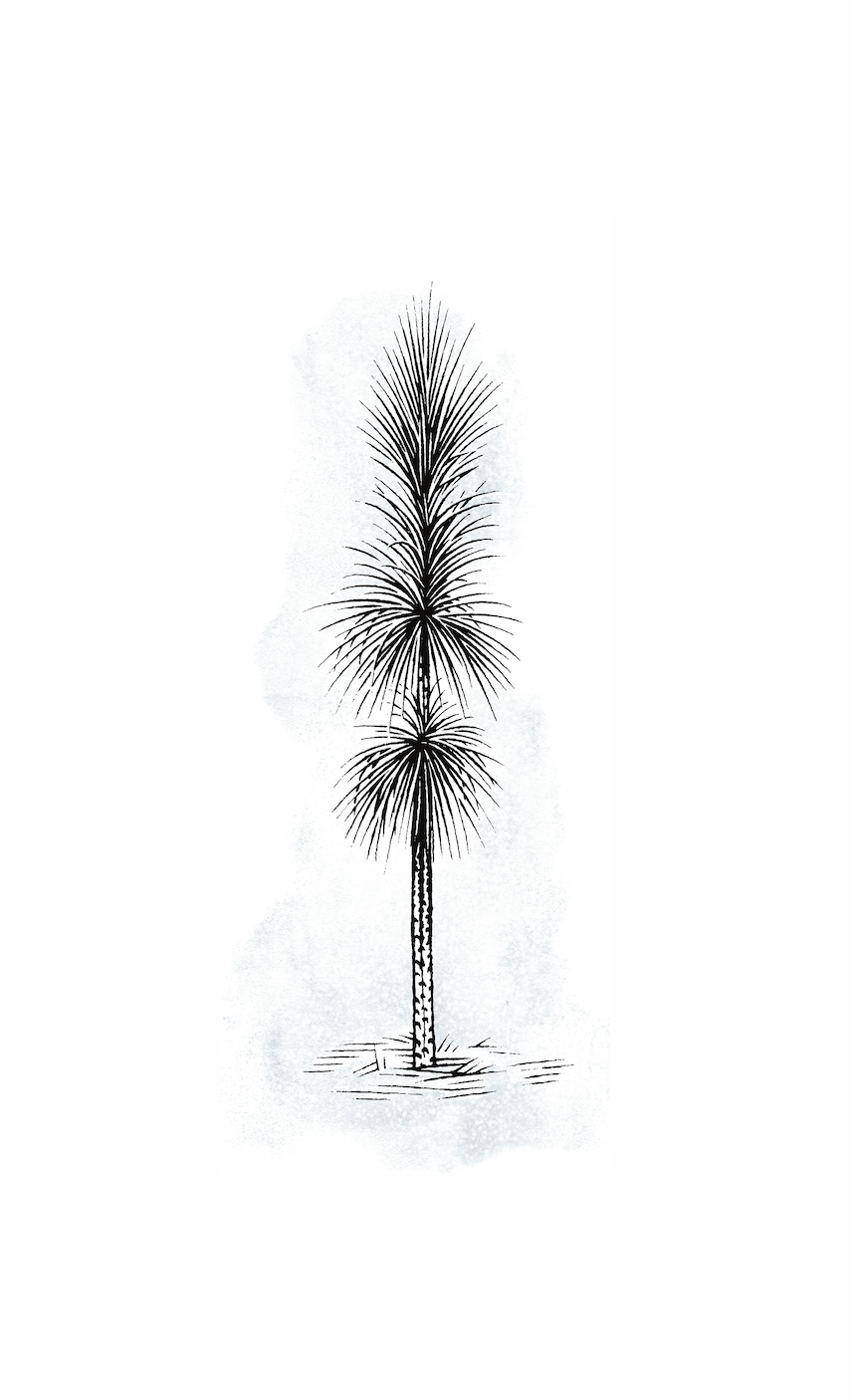
Bottlebrush
A white bud known as a “candle” sprouts from the top of the plant. The tree remains limbless—resembling a bottlebrush—and vulnerable to fire during the two years it takes for its newly developed scaly bark to thicken.
-
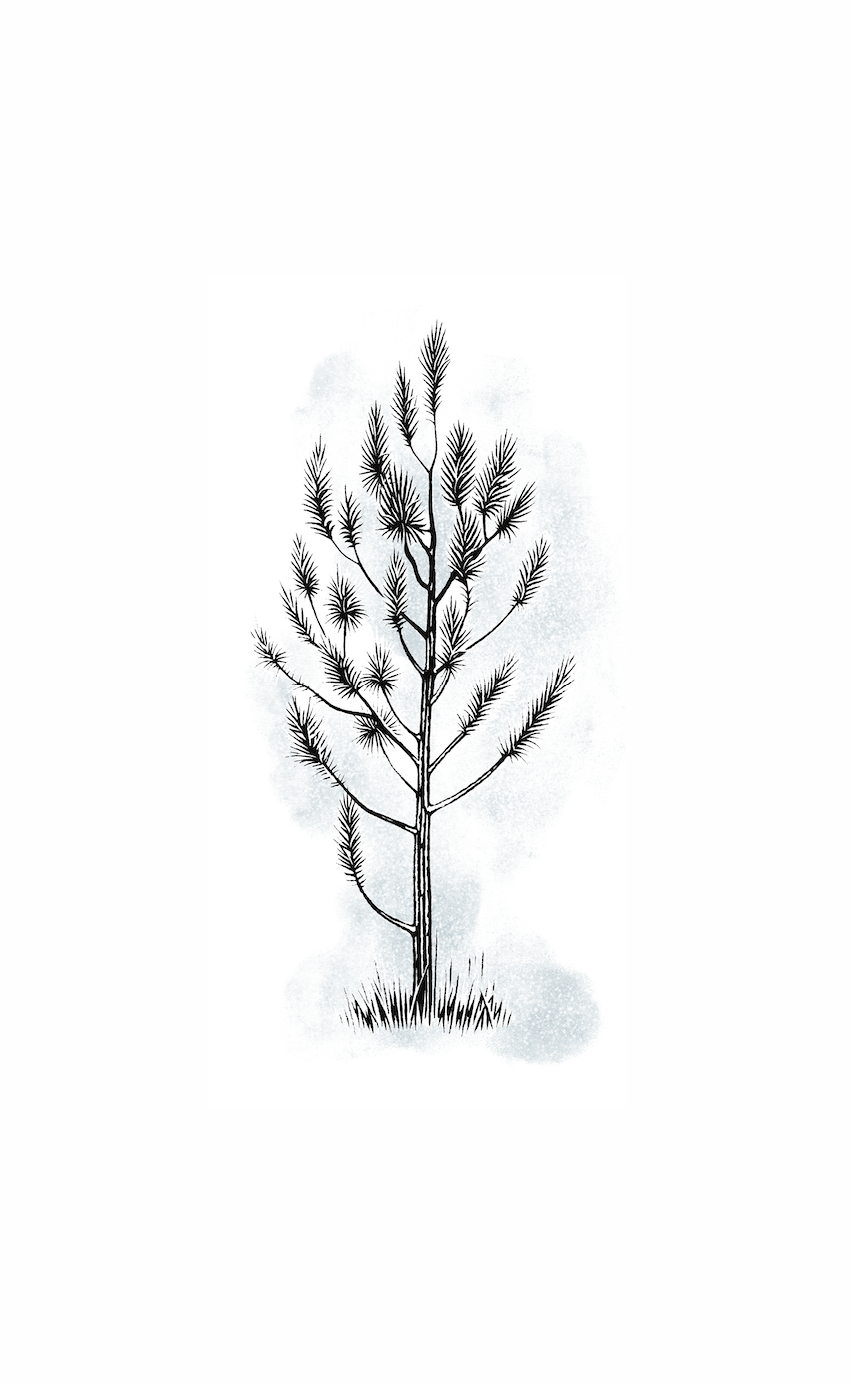
Sapling
When the plant reaches 6 to 10 feet in height, it begins sprouting limbs. The tree continues to make swift vertical progress at a rate of more than 3 feet per year, pushing the candle bud high above the ground where fire can’t damage it.
-
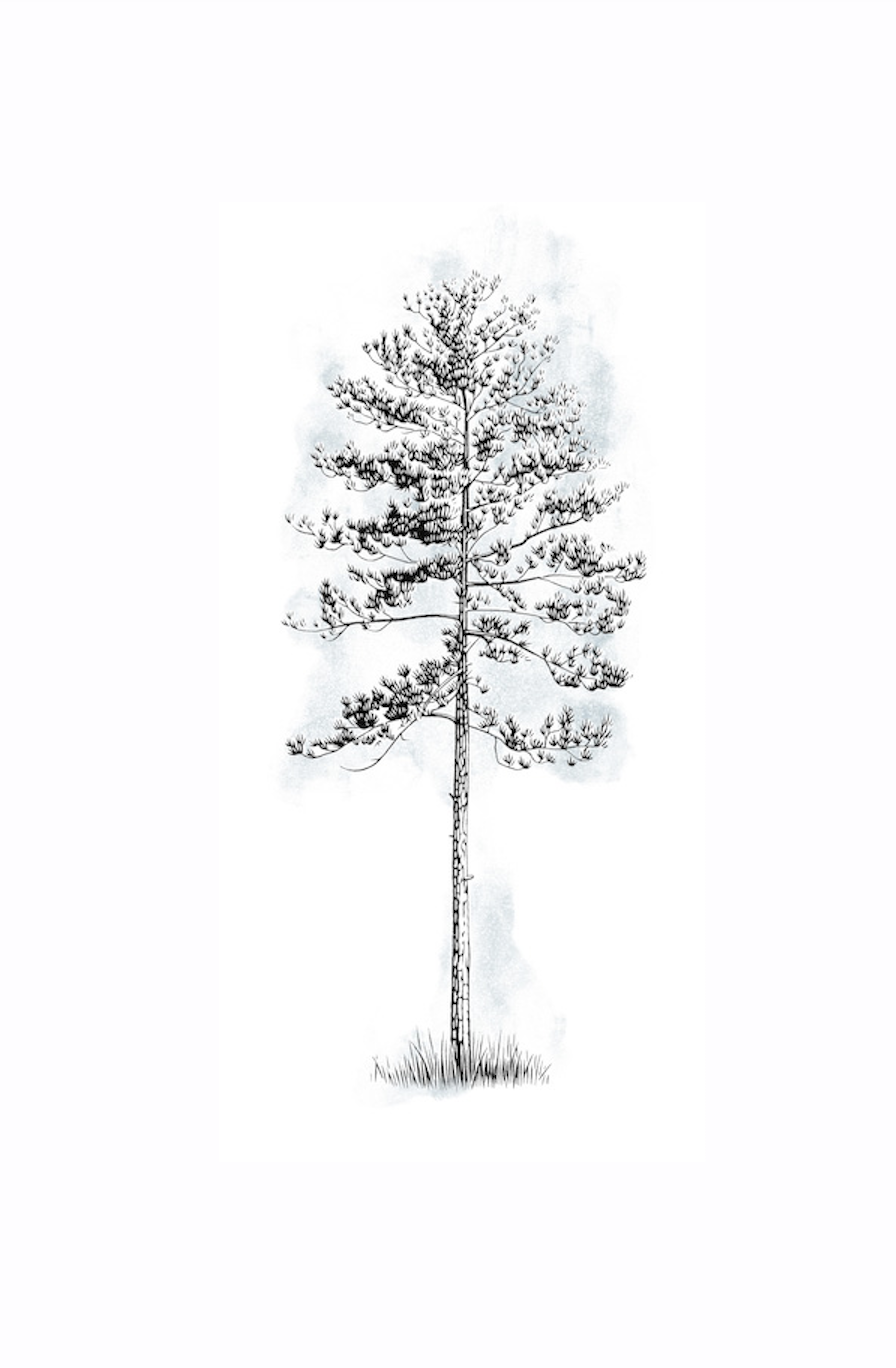
Mature Tree
Thirty years on, the mature longleaf begins to produce pine cones, and the cycle continues. The tree typically stops vertical growth at 70 to 100 years of age, with some trees topping out at more than 120 feet tall and 3 feet in diameter.
To reach that target, TNC and its partners are working across nine states. Returning regular controlled burns to the ecosystem and letting natural wildfires burn through when developed areas are not at risk is helping existing forests thrive. Land acquisitions and conservation easements are knitting together large swaths of connected habitat to bolster populations of threatened and endangered species. And empowering private landowners (who hold 86% of potential longleaf pine habitat) to reintroduce longleaf pine trees onto their property is not only creating new forests but also generating sources of income.
Longleaf Savannah
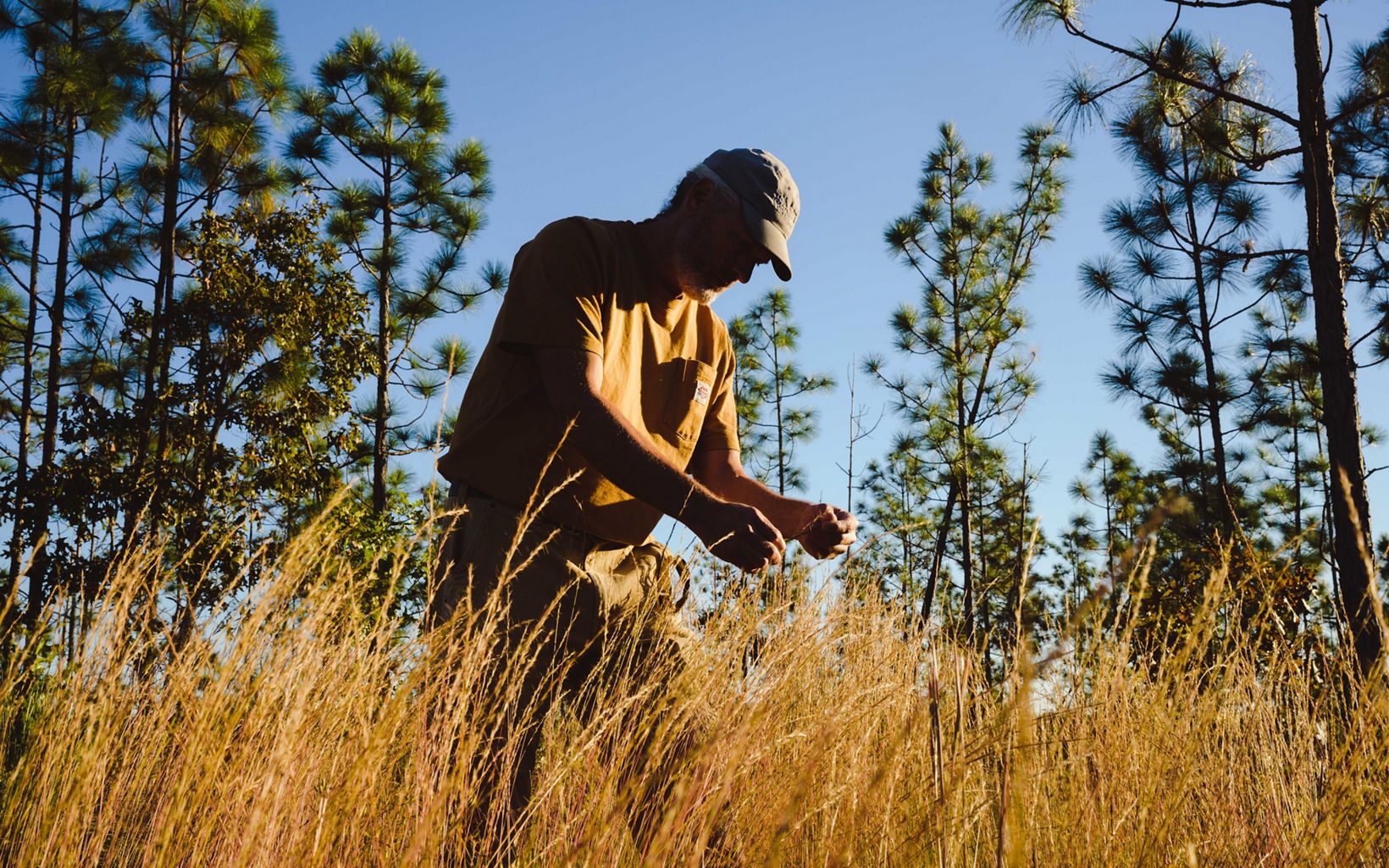
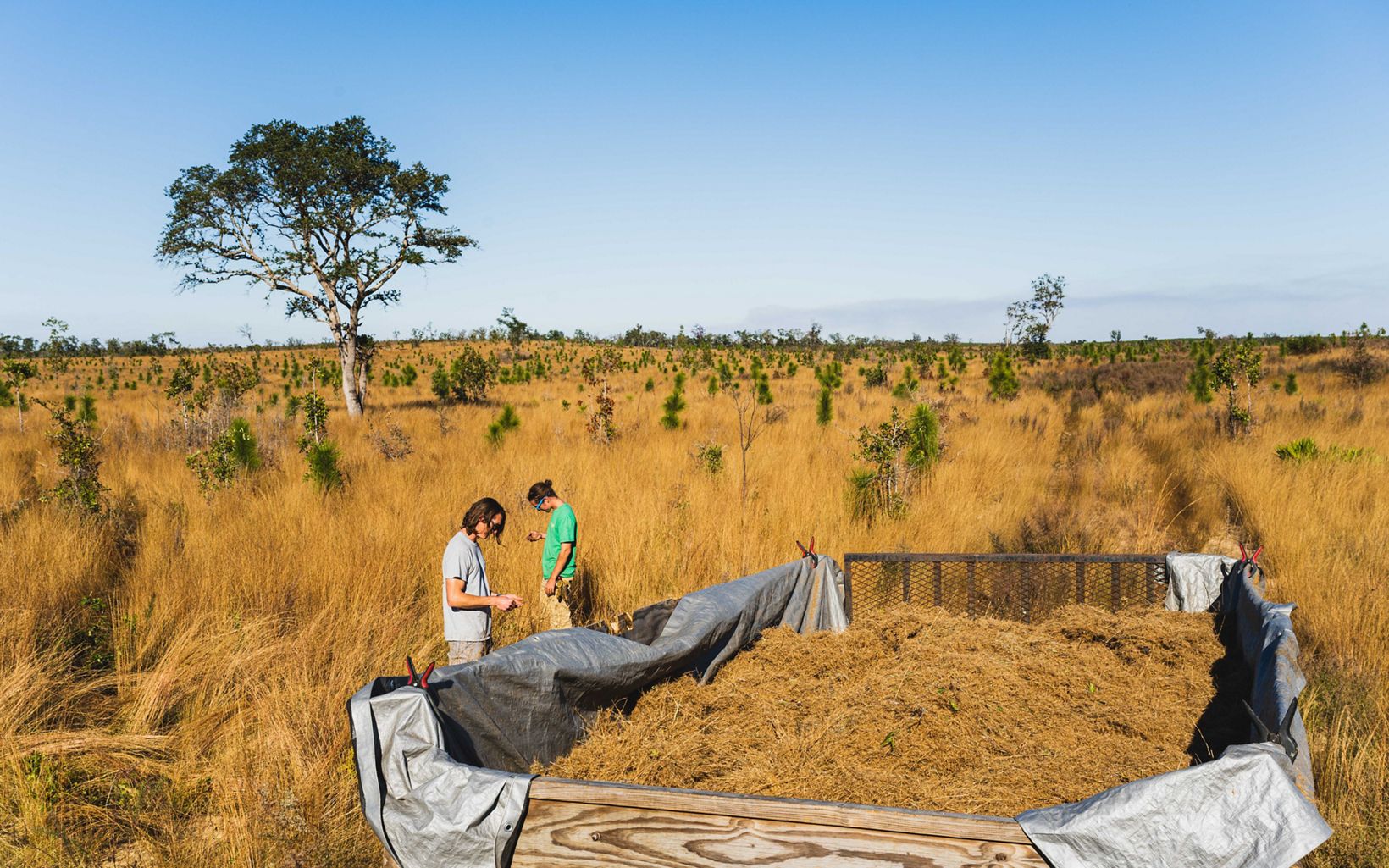
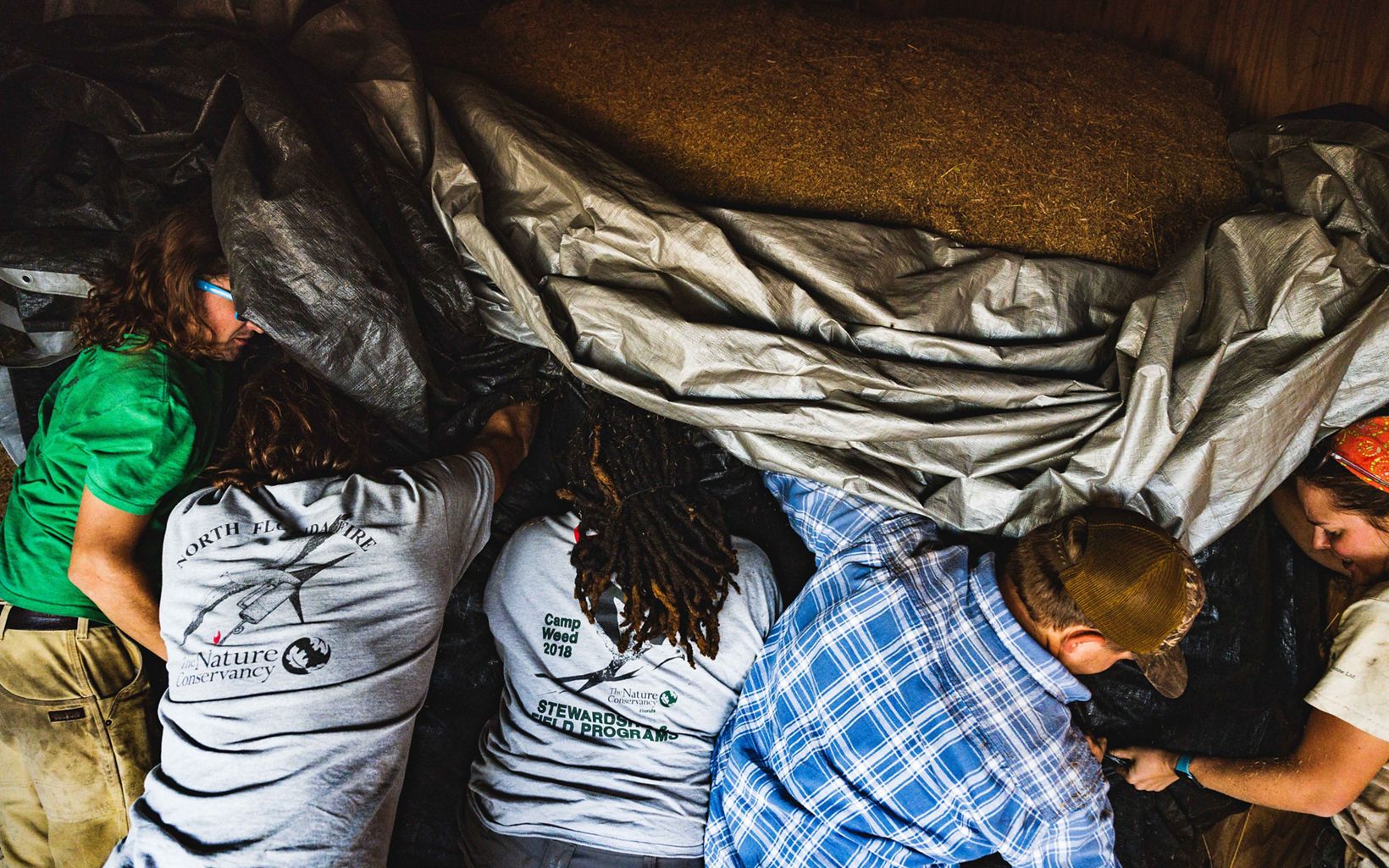
As climate change drives more severe storms and warmer temperatures across the South, restoring habitat this resilient is an investment in biodiversity, the Southern economy and America’s environmental future, says Brian van Eerden, pinelands program director for TNC in Virginia. But it won’t be a quick fix. “It took 400 years to pull this landscape apart—it’s going to take some time to put it back together.”
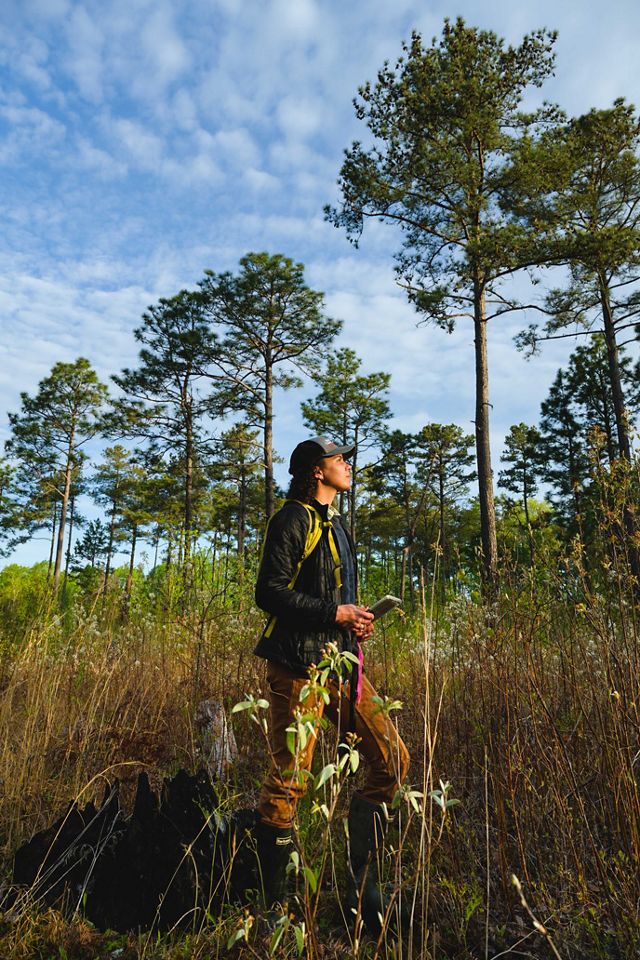
Get the Magazine
Sign up to become a member of The Nature Conservancy and you’ll receive the magazine.
Subscribe Now